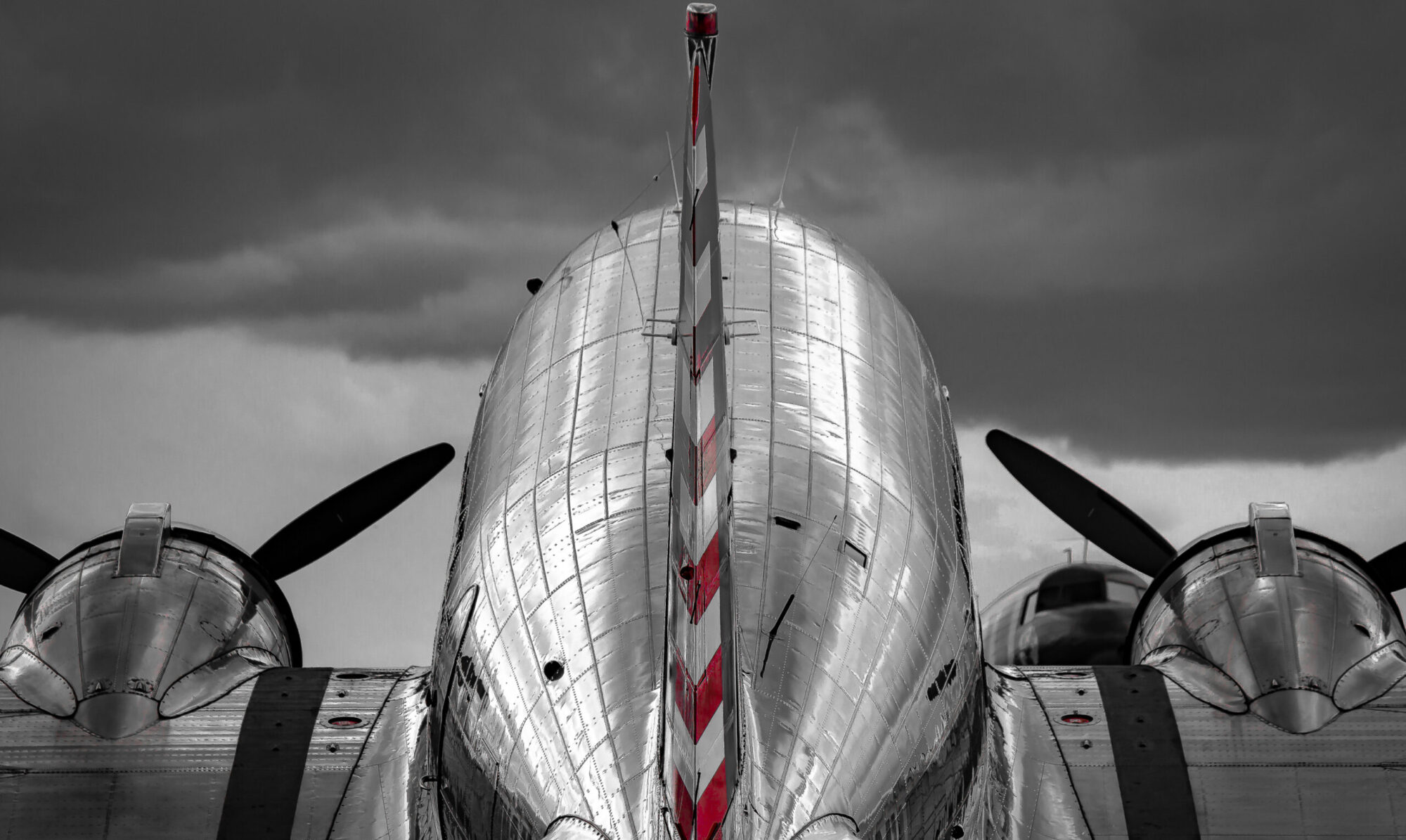From its perch in the sterile glass case, the armband draws you in.
Printed with bright red bars and a blue field to outline the Stars and Stripes of the American flag, the broad armband was manufactured in great numbers for use by the U.S. forces in all manner of operations for World War II, the most famous of which was Operation Overlord. We have turned the generic term “D-Day” into a reference to this monumental invasion. Not all armbands were worn on that mission; most were worn to signify pilots operating American airplanes, and by troops in various engagements to follow, such as Market Garden, and Varsity.
Printed on an ivory oil-impregnated cloth to withstand the rigors of war, to resist water, mud, and blood, and prevent it from being torn too readily from its host, the armbands survived, including this one, worn in Overlord and on display at the National Air & Space Museum’s Udvar-Hazy Center [http://airandspace.si.edu/visit/udvar-hazy-center/] in northern Virginia, within striking distance of Washington’s Dulles airport.
Printed by the box-full, they remain as reminders of the arms they circled, young, strong arms, of men who were courageous to blatantly foolhardy and recruited for the invasion in part for their lack of emotional knowledge of the horrors to come.
Printed to be pinned on around a boy’s sleeve, held by a safety pin. I now think of that same style of pin which holds my race bib on Memorial Day as I prepare to run the Bolder Boulder 10K [www.bolderboulder.com], running next to Marines, who too are there to honor our war dead. Those whose armbands were buried with them, never to return from France.
The armband evokes the immediate, intimate feeling that it once wrapped some son’s bicep, that son who would fight his way on shore, through the waves and across the shingle to meet fate. One last preparation before climbing off the boat into the water. One last moment of connection before the battle begun.
from May 30, 2014
